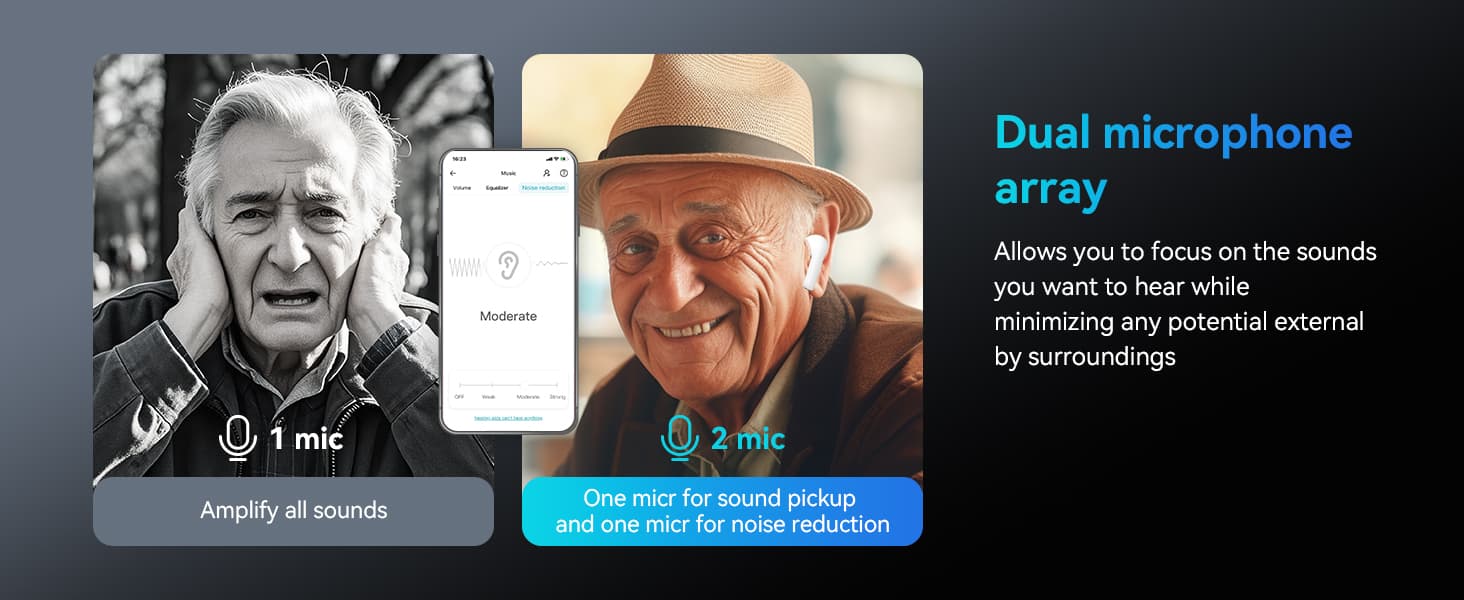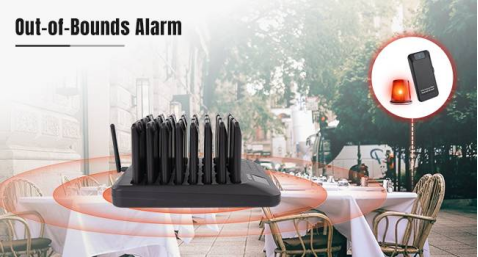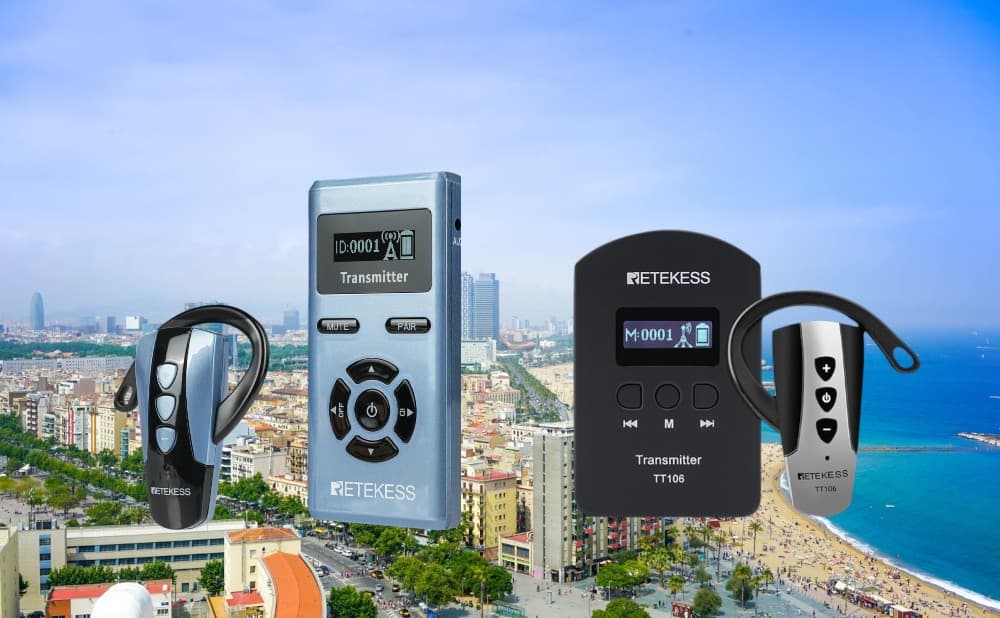Blog Detail
Table of Contents

Questions and Answers About Using Hearingsense 1 OTC TWS Hearing Aids
- Amy
- Dec 23, 2024
- 0 Comments
1. Question:
"There is a clear buzzing sound. He had me wear them and showed me this. It is a clear buzzing sound that you can always hear.
We tried every setting, but the noise was always there.
Also, he could hear his own voice."
Answer:
①Different users have different perceptions of low-frequency sounds: human voice belongs to low-frequency sounds. Everyone's hearing has different perceptions of low-frequency sounds. For some users with milder low-frequency hearing loss, they will be more sensitive to their own voices, while for users with more severe hearing loss, the low frequency feels more "flat".

②Different manufacturers have different acoustic settings for hearing aids: Some hearing aids enhance low or mid-frequency sounds, while others tend to balance different frequency bands. Hearing aids with a larger sound gain in the low-frequency part (this one is also) are designed to improve the clarity of speech. They amplify more low-frequency sounds so that users can perceive the richness of speech, including the richness of their own voices. However, they may make some first-time users feel uncomfortable, especially the "buzzing" or "their own voice", which will not affect the overall hearing aid effect of the hearing aid.
③ The adaptation period of hearing aids varies for different users: OTC Hearing aids have an adaptation period (a few days to a few weeks), and it is important for users to gradually adapt to this change. When cheap hearing aids are newly worn, hearing aids amplify the environment and their own sounds, which significantly changes the user's auditory experience. Users may feel that background noise, environmental sounds or "buzzing" are too prominent in the early stage, but as the adaptation process progresses, these noises will become less prominent, because the brain will gradually establish input feedback for new sounds, and will re-recognize and understand the sounds it makes and the sounds of the outside world, and then restore clear understanding of speech.

Note:
New hearing aid wearers refer to users who have switched from hearing aids of different manufacturers or models or users who are completely using hearing aids for the first time.
Being able to hear one's own voice indicates that there is an ear-blocking effect, that is, the user has "normal low frequencies (sensitive) but poor mid- and high-frequency sounds". The user should choose a RIC machine (external receiver hearing aid).
2. Question:
"When I applied the settings to the hearing aid itself, I found that I still could not hear the TV sound satisfactorily."
Answer:
The sound of a TV generally has a mid-frequency highlight of 300Hz-3000Hz. Some users have more high-frequency hearing loss. After using the self-fitting function, cheap hearing aids gain compensation tends to be high-frequency and less mid-frequency.
You can turn on the equalizer function in the personalized options within the App, focusing on increasing the gain of 500Hz, 1000Hz, and 2000Hz to compensate for the problem of unclear hearing when watching TV.

3. Question:
"I turned up the volume very high and opened and closed the charging box. The sound of closing the charging box caused a huge feedback scream, and I had to quickly take the earphones out of my ears."
Answer:
If tws hearing aid whistles, please check whether the earplugs are inserted into the ears properly. If you confirm that the wearing is correct and the whistling still exists, please try another earplug that fits your ear size. If it still whistles, you can appropriately reduce the volume until it is comfortable.






















Comments (0)